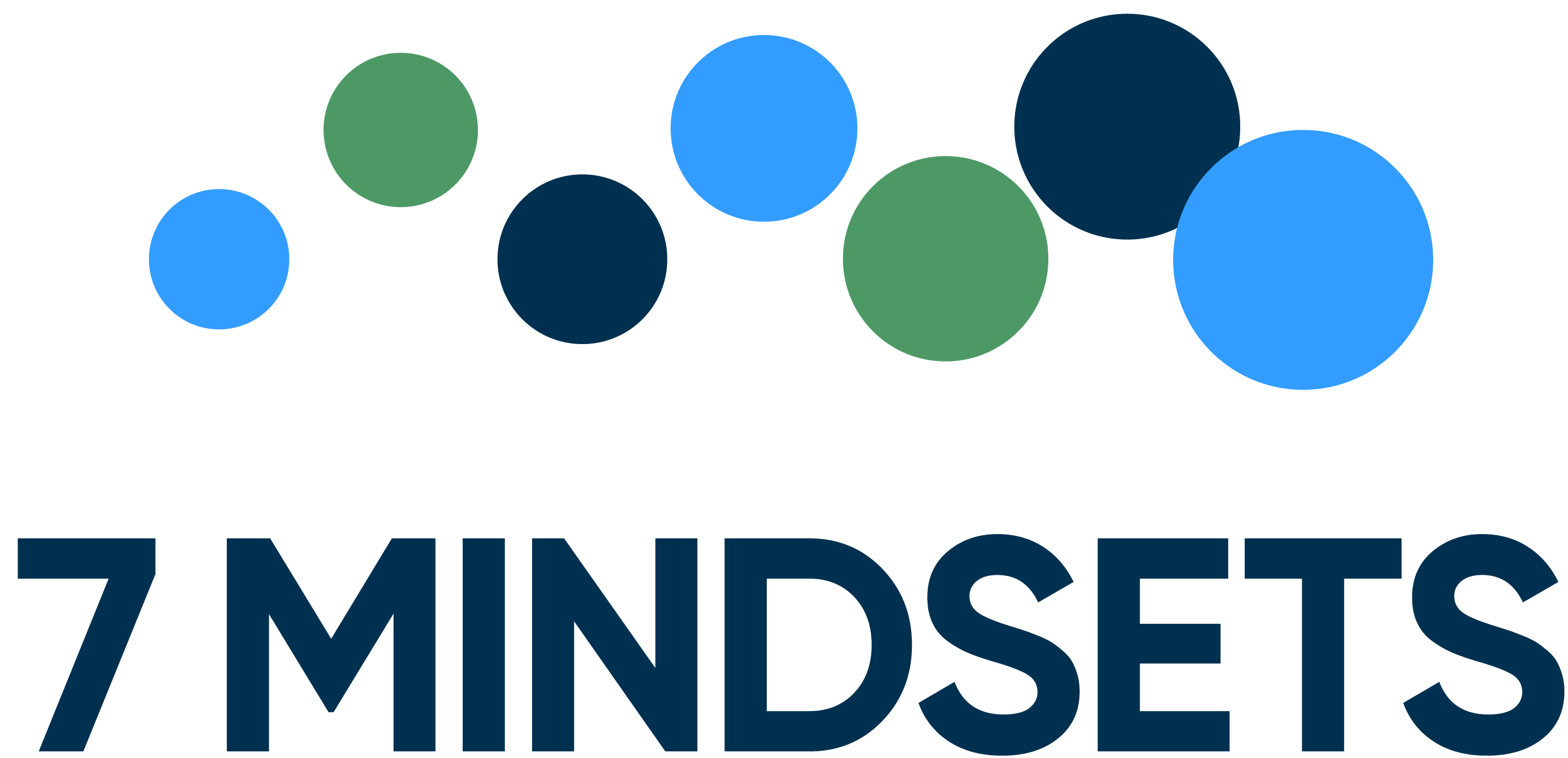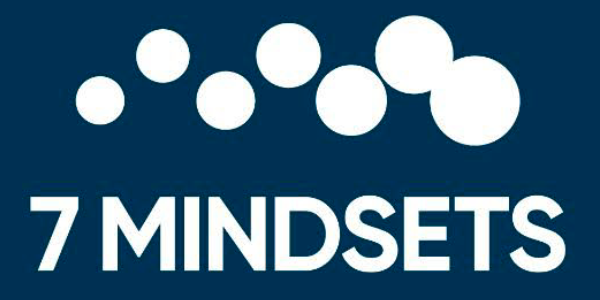The following article originally appeared in eSchool News

By Tracey Smith | June 7, 2018
A principal takes a closer look at what it takes for students and staff to be happy at school, and how to build a stronger community
After the recession hit in 2013, it was evident that something was off at Mashburn Elementary School (part of Forsyth County Schools in Georgia). I watched teachers being laid off, and it was draining to witness. We had bigger class numbers than ever before, and our school culture and employee morale were at an all-time low. For us to pull our way out of this difficult time, we first had to take a closer look at building strong relationships between staff and students. We started by asking what it means to be happy in the classroom. We knew by starting with baby steps, we’d be able to look at the bigger picture. For staff members, we thought about team building and improving employee morale by using corporate team building activities for small groups that might be able to help us pull together at such a tough time. The school has been looking into a payroll software (all apart of HR) to track employee morale. Such a software is Zenefits payroll or similar. This software along with others have shown to have some great benefits on companies, schools, and establishments. If you’re looking for alternative ways to boost employee morale and productivity in the workplace, no matter the company, take a look at Sparkbay’s blog of ideas.
Happy schools start with happy teachers
As educators, one of the biggest challenges we face is learning how to put our health and happiness first. My first thought was that I needed to put the students’ well-being first, but I discovered that I needed to start with my staff instead. If we didn’t find out what educators are passionate about and connect them back into this building, we knew they would quickly burn out.
Inspired by the house system in the Harry Potter books and the Ron Clark model, we held house meetings once a month that focused on one of the 7 Mindsets. These mindsets come from Scott Shickler and Jeff Waller’s book The 7 Mindsets to Live Your Ultimate Life, and include affirmations such as “everything is possible” and “the time is now.”
The mindsets helped us develop a mental health strategy. We created a Positive Learning Environment (PLE) committee consisting of one person from each grade level to focus on one mindset a month and decide how were going to roll that out to the whole school. For example, during spring break this year, every teacher wrote inspirational messages for the students. We posted their messages on the walls so that when the kids came back from spring break, they all saw a special note to them on the wall of the school, written by their teacher. It was really cool.
Happiness is a conversation
We talk a lot about what happiness looks like and how to get there. I ask teachers questions like, “What do you want the school to look like?” or, “If you could change something-anything-about where you work, what would it be?”
We have one faculty meeting a month, and they’re all about team-building. The nuts and bolts of scheduling go in a newsletter that I send out every week. Even there, I’ll include inspirational videos or something that touched my heart and I think will touch theirs. I keep the conversation going by asking, “If you do this with your kids, let me know their responses.”
Every faculty meeting is organized around our mindset of the month. The PLE team comes up with a team-building activity that does three things:
- Connects with their hearts
- Connects them to the mindset
- Is simple to take back into their classroom with pretty much no thought.
When they’re having an issue in the classroom, we want them to remember and say, “This is the perfect moment for us to do what we did in the faculty meeting, where we took a fear, wrote it on a piece of paper, then wadded it up and threw it in the trashcan.” Of course, this depends on the severity of the issue in the classroom. Whilst writing down a fear can be beneficial in the long run, staff may need help immediately if there is a serious issue occurring. If this is the case, staff should have the best walkie talkie 2020 to allow them to communicate with other members of staff around the school site. Not only does this method of communication reach multiple staff at the same time, it also allows them to discuss the issue quickly instead of having to type it out. This can improve children’s safety and can also help teachers feel less lonely when dealing with a classroom issue.
If you connect with their hearts…
Around the school, we do everything from painting hallways and offices crazy colors to having staff surprises. (You can see what I mean in this video.) If there’s a heaviness in the air, we’ll get chicken biscuits or Krispy Kreme donuts and surprise the staff. During flu season, we pass out Bath and Body Works hand sanitizers. The key to that isn’t sending out a staff email saying there’s hand sanitizer in the workroom; we hand-deliver these little treats as much as possible. That way, our teachers can say to themselves, “It’s important enough to my administration that they put this in my hand.” Those are all deposits in the heart that help them feel appreciated, valued, and cared about.
To us, happiness is about taking the time to understand what each educator is passionate about and how they can become a positive influence on others. For example, one of my special ed teachers has a passion for art. She and I were talking one day, and I suggested that she create a segment in her day where she could pull kids in and do art projects. So she did an art therapy class where students got to choose from sculpting, watercolors, or just coloring, and it was a huge success.
…Their minds will follow
According to a recent Harvard study, happiness positively affects students’ GPAs, and John Hattie’s research says that a successful social-emotional learning program can add as much as a year’s growth per year.
We’ve seen a direct correlation between talking about growth mindset and higher test scores, but to me, the clearest sign that the mindsets lessons are reaching our students is that we’ve seen a big decrease in Monday tardies. Our tardy bell rings at 7:40, and now kids want to be here because our mindset lessons start at 7:40. They don’t want to miss them, because they love them.
Our schoolwide theme for next year is “We Are Connected.” Our PLE committee is considering ideas like adopting another school, but they’re not making the final decision-and I’m not making the final decision, either. They’ll take ideas to their grade levels and we’ll figure it out as a school because we’re all happiest when we’re working together.
Contact Us
[hubspot type=form portal=5196981 id=24aab6e7-66a8-4536-8f42-0bd06750989b]




